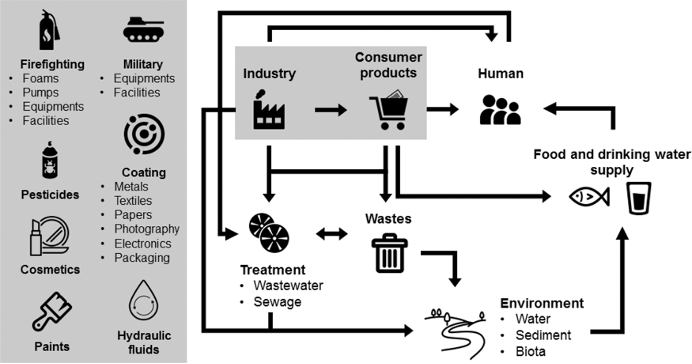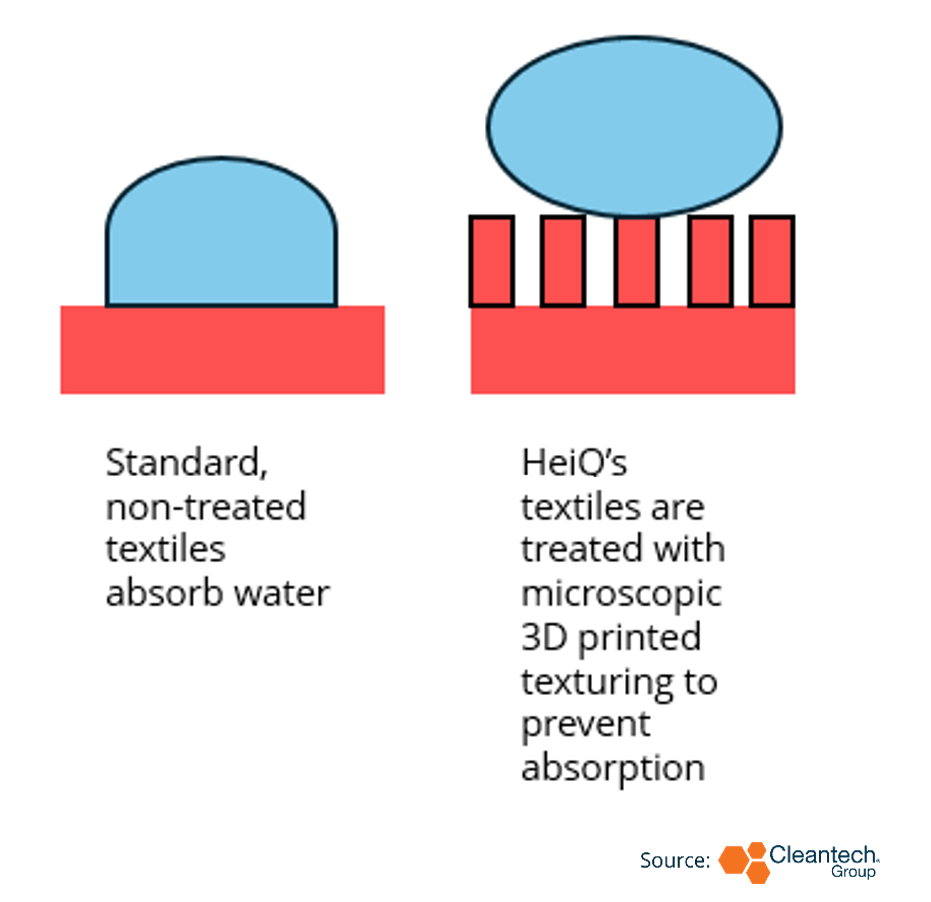Alternatives to PFAS in Textiles and Agriculture
How Did PFAS Get in the Water and Soil?
As reported in September’s What Are PFAS? blog, per- and polyfluoroalkyl substances (PFAS) are a series of man-made chemicals used across packaging, cookware, fabrics, cosmetics, electronics, and medical equipment manufacturing. The Environmental Protection Agency, several academic publications including Environmental Toxicology and Chemistry, and doctors have established concrete correlation between PFAS exposure and reproductive harm, cancer, and a litany of chronic diseases.
PFAS exposure occurs most frequently through contamination of water or air. For goods like textiles, water or stain-repellant PFAS coatings can be washed away over time into water streams. Farmers use PFAS in pesticides, herbicides, and fertilizers to increase nutrient penetration or longevity. Applied PFAS then wash into soil and waterways.
Global PFAS Contamination in Water

Source: Nature Geoscience
PFAS are remarkably resistant to environmental degradation as well, making large-scale soil or some water remediation nearly impossible. This begs the question; how can innovators remove PFAS from the textile and agriculture sectors?
Who is Working on Textiles?
PFAS are incorporated in textile finishing through liquid dips to apply a coating of waterproof chemicals evenly across fibers. Another method to introduce water-repellent PFAS is through weaving a PFAS-containing polymer into the textile.
Start-ups are pursuing alternatives in both categories. Alternatives to PFAS treatment dips include silicon coatings and dendrimers, an innovative method to reduce water absorption through texturing a fabric’s outermost layer. Novel materials have also been critically important. Chemically-modified polyester can express hydrophobic qualities, making it a good weaving replacement for various PFAS choices. Similar bioengineering is being applied to a range of plant-based or recycled materials, adding an element of circularity to the PFAS replacement conversation.
Some interesting companies innovating in alternative PFAS include:
- Green Theme Technologies: Developing waterless chemical weaving technologies to alter textile material’s chemical structure, promoting increased hydrophobicity
- OrganoClick: Gene-edited cellulose with improved waterproofing and flame-retardant characteristics
- HeiQ: Materials innovation company manufacturing textiles with raised textures to reduce water contact on textiles

Who is Working on Agriculture?
PFAS found a fit in agriculture primarily through their useful improvements to compound stability and efficiency in pesticides and fungicides. PFAS resistance to natural degradation from sunlight or water made these products more efficient but contaminated soils. Fertilizers containing PFAS are made from PFAS-containing waste. Reducing PFAS in these fertilizers is more straightforward than the two-fold issue of eliminating PFAS in soil as well as herbicides/fungicides.
Innovators are developing biodegradable alternatives to eliminate PFAS from herbicides and fungicides. Companies are resequencing RNA in active ingredients in fertilizers, insecticides, and fungicides to improve environmental stability and penetration into soil/plants. Some start-ups are also migrating traditional water treatment technologies to focus on sludges, a key component of some fertilizing treatments.
Some companies to note here include:
- Revive Environmental: Uses supercritical water oxidation to deconstruct short- and long-chain PFAS in sludge and other waste streams
- AgroSpheres: Manufactures biodegradable, non-PFAS fertilizer, insecticide, and fungicide through gene-editing tools
What to Watch For
Governments around the world remain slow moving on PFAS issues. The U.S. emerged as a leader recently with EPA-mandated PFAS use reporting from corporations, standardization of measurement systems, and $2B in grants for testing and removal. States have varied in their interest in pursuing regulations with California and Minnesota as two stand-outs. Europe and Asia have been far slower to adopt strict bans with China and Japan standing out as two of the only countries to enact full bans on over 100 PFAS.
The outlook on textile sustainability is improving year-on-year. Regarding PFAS reduction, textiles and flame-retardant chemicals are the two highest priority targets due to the scale of textile waste and the high PFAS content of flame retardants. Textiles have drawn high corporate participation with companies like Patagonia, Nike, REI, GAP, and Victoria’s Secret all phasing PFAS out of supply chains.
The outlook for agricultural products is very bleak. AgroSpheres remains one of the few companies operating in the pesticide/fungicide PFAS reduction space. Rural communities tend to have lower PFAS contamination generally, so this could explain the lack of activity. AgroSpheres recently won a grant from the EPA, signaling government interest in the issue. Fertilizer decontamination will likely be addressed over time with the increased adoption of PFAS wastewater treatment technologies.
As the PFAS issue evolves, other sectors requiring intervention include cleaning products, munitions, and electronics.


